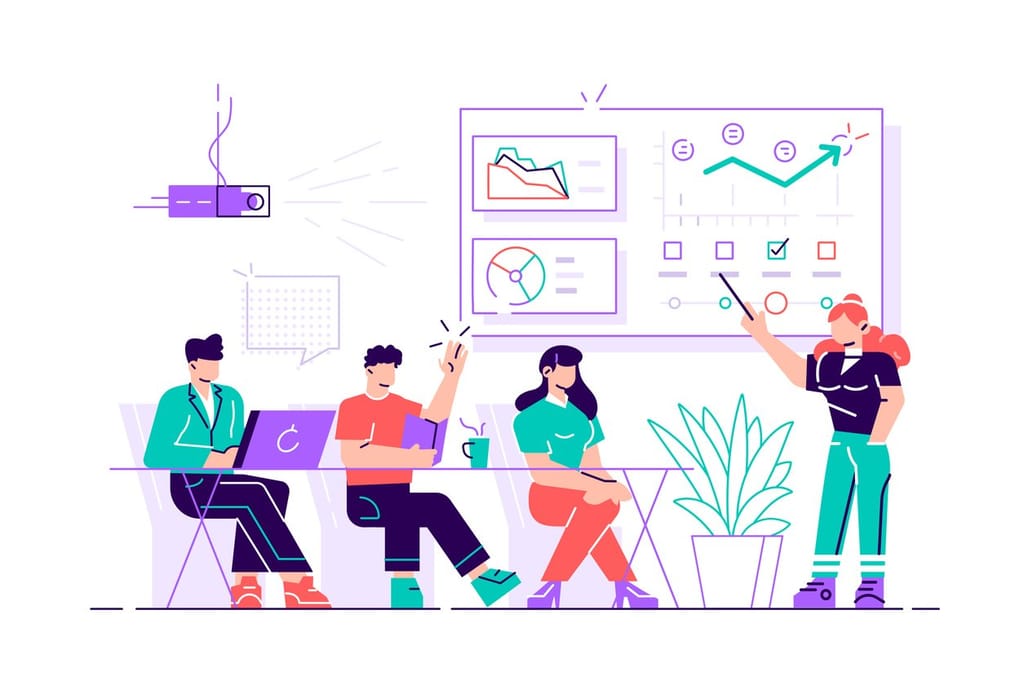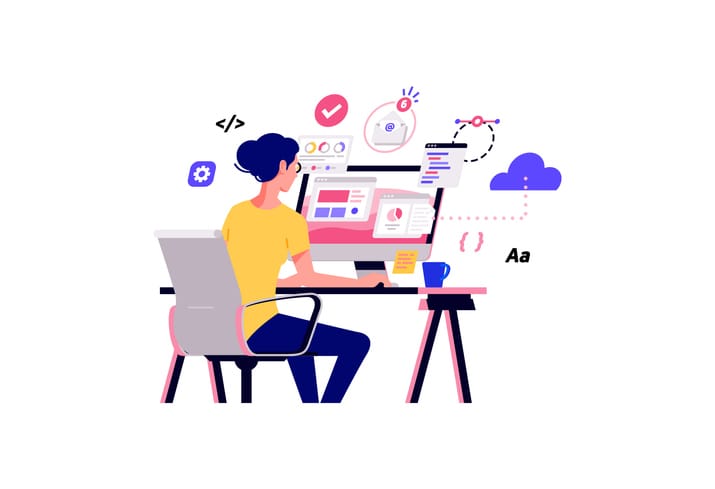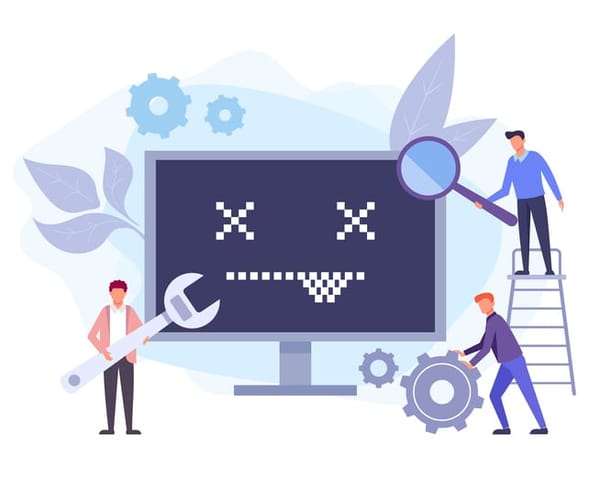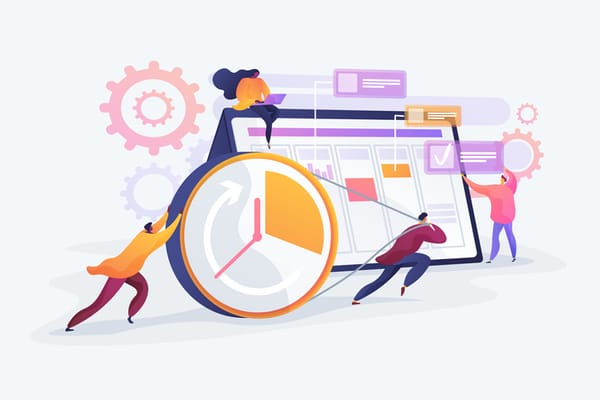
Want to know how much website downtime costs, and the impact it can have on your business?
Find out everything you need to know in our new uptime monitoring whitepaper 2021







There is a good reason why brick-and-mortar retailers spend a lot of time and effort on their counter displays and store windows. Their goal is to provide their customers with as much visual content as possible to entice them to buy their merchandise. The same principle holds true for online retailers. A recent study by international e-commerce consulting firm Episerver demonstrates just how important the content of a website is to convince visitors to become customers.
Episerver surveyed 1,112 consumers who had made an online purchase within the past year. The company found that 98% of the respondents had not made a purchase on at least one of the sites they visited due to incomplete or incorrect content. When aggregated across all sites visited, a percentage breakdown of the specific reasons for not making a purchase was price concerns (65%), difficult-to-navigate website (42%), found a product that better suited needs elsewhere (39%), difficult check-out process (34%), slow loading website (29%), incomplete content (21%), incorrect content (14%) and non-personalized shopping experience (4%).
Another problem noted by the study was inconsistent customer expectation based on website content, with 37% of the respondents stating they had received a product that looked different from the product they saw online. Also, 27% of the respondents said they had received a product that did not match the description on the website.
These inconsistent expectations also had a significant financial impact on the retailers, with 48% of the respondents saying they had returned a product that had not met their expectations. The study noted that returns cost retailers billions and that the amount is expected to increase as the volume of online sales continues to increase.
The study also found that 92% of the respondents visited a website for the first time for reasons other than to make a purchase. About 45% said that they visited a website to search for products and learn more about them, 26% visited to make a price comparison, and 11% were looking for more information about a retailer. Only 9% said they made their first visit to a website specifically to make a purchase.
The study concluded that online retailers needed to spend more time concentrating on website content and the quality of the interactions consumers had with their site.
Commenting on the study, Ed Kennedy, Episerver’s senior director of commerce, said: “Our study shows consumers really care about content when shopping online, not only the quality and accuracy but also how it’s delivered to them. Complete and accurate content is now table stakes, and brands looking to go above and beyond must consider personalization.
“What shoppers see on a website or mobile app, and how it is delivered to them, can make or break their final decision to make a purchase. Consumers expect the content they’re shown to be relevant, accurate, and, increasingly, customized to their preferences and location. To compete in 2017, strong content is no longer negotiable.”
Share this

3 min read IPFS is a game-changer for decentralised storage and the future of the web, but it still requires active monitoring to ensure everything runs smoothly.

3 min read For any web developer, DevTools provides an irreplaceable aid to debugging code in all common browsers. Both Safari and Firefox offer great solutions in terms of developer tools, however in this post I will be talking about the highlights of the most recent features in my personal favourite browser for coding, Chrome DevTools. For something

6 min read There has certainly been a trend recently of using animations to elevate user interfaces and improve user experiences, and the more subtle versions of these are known as micro animations. Micro animations are an understated way of adding a little bit of fun to everyday user interactions such as hovering over a link, or clicking

2 min read Read about the latest websites that have experienced downtime including Netflix, Twitter, Facebook and more inside!

2 min read Read about how Google suffered an outage due to the soaring temperatures in the UK in July and how they rectified it right here!

3 min read See the results of our website downtime survey to see some of the most shocking and surprising stats! You won’t be disappointed.
Find out everything you need to know in our new uptime monitoring whitepaper 2021